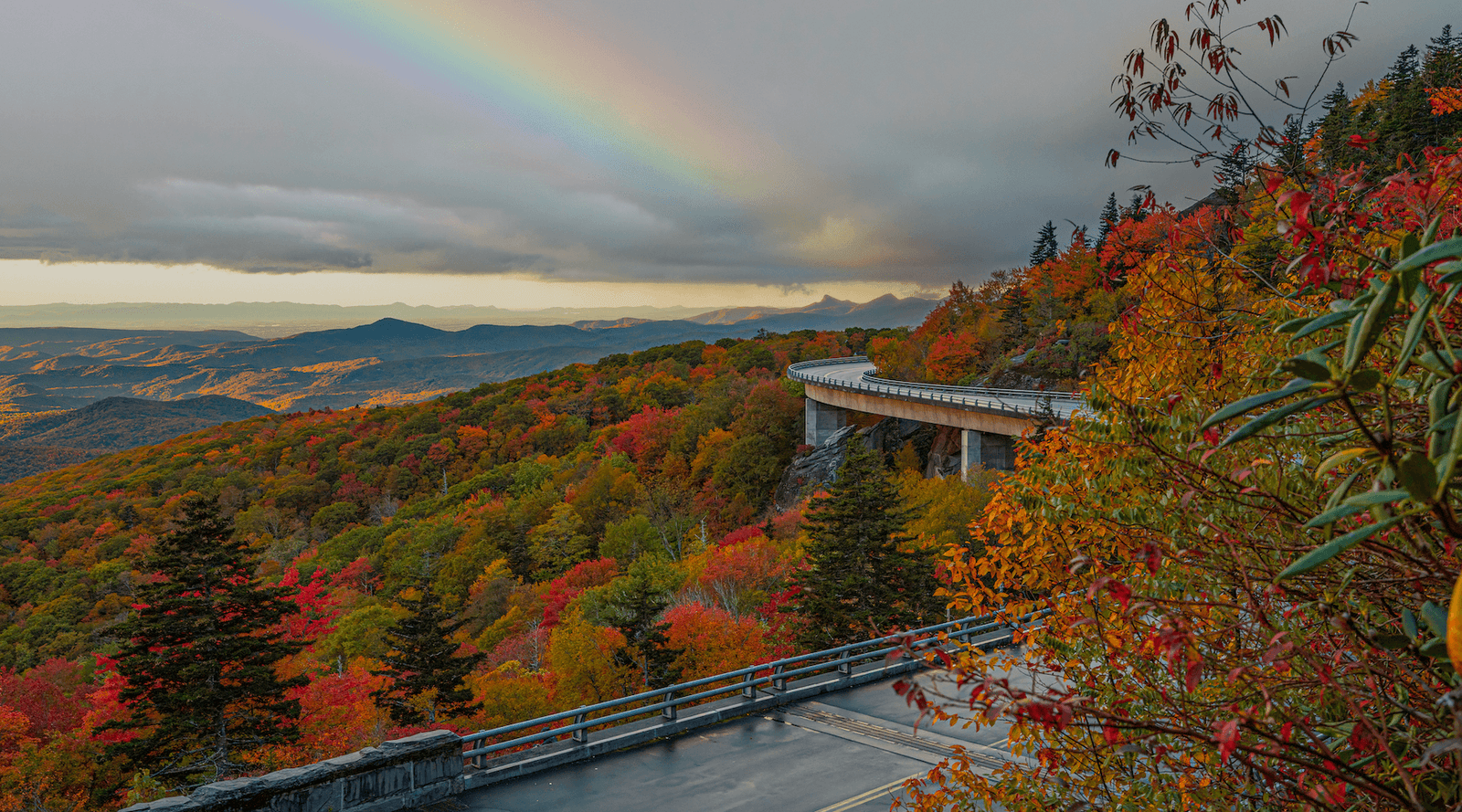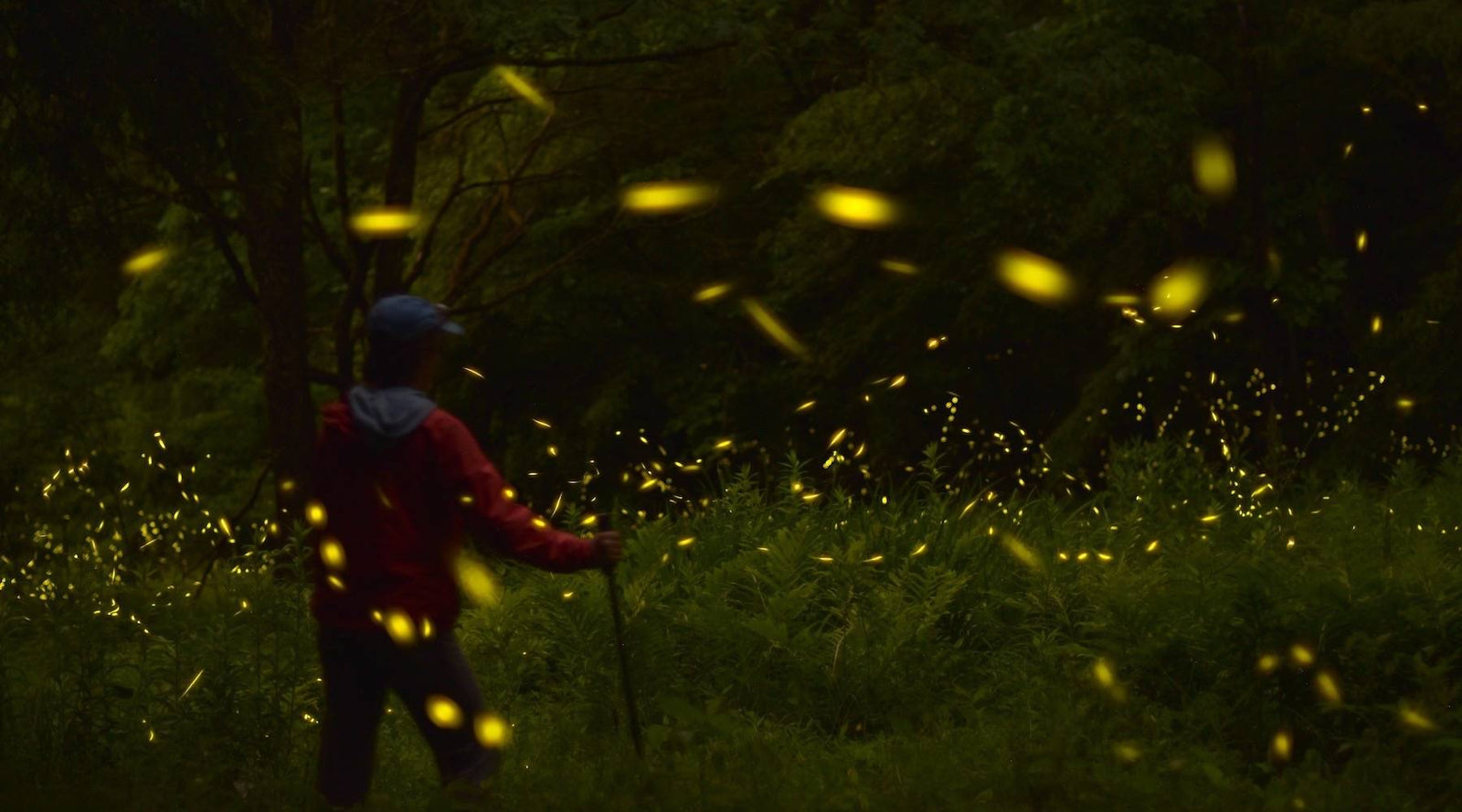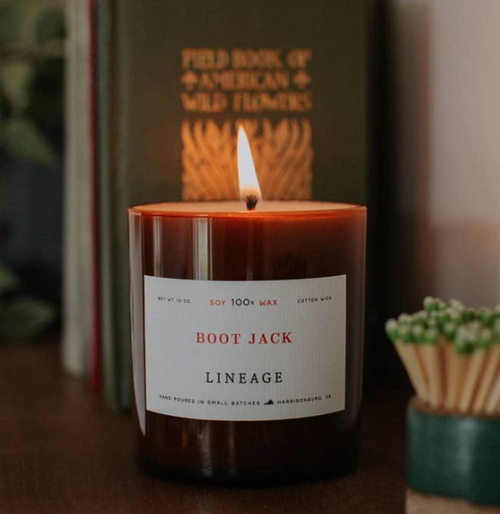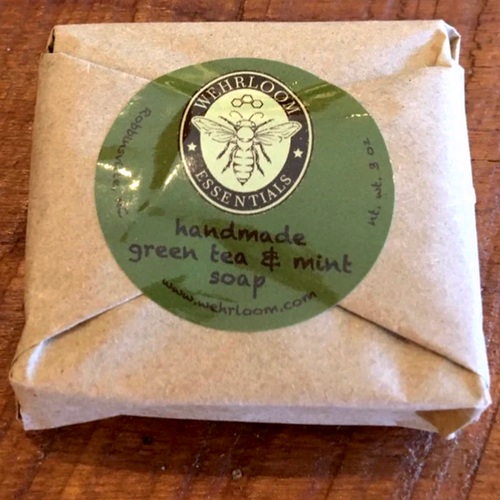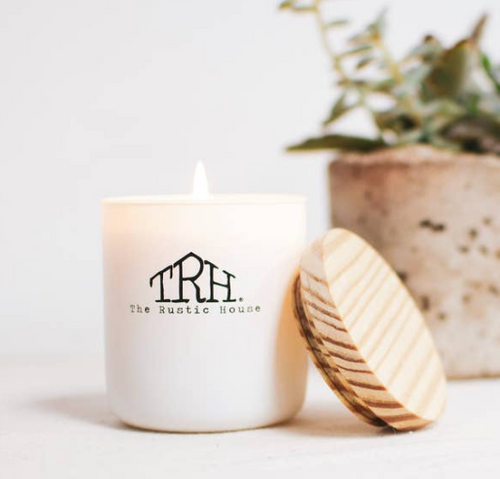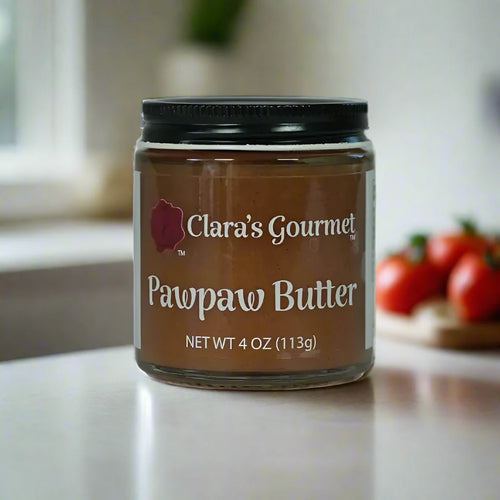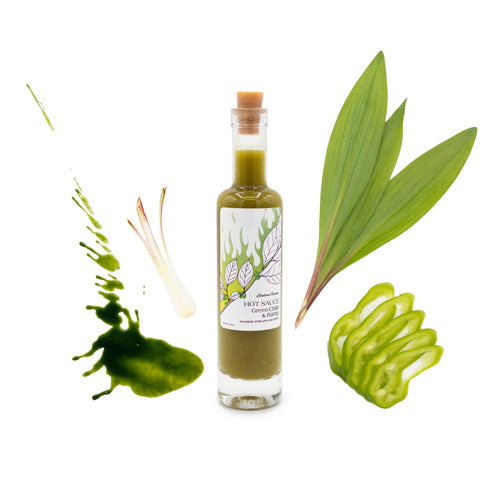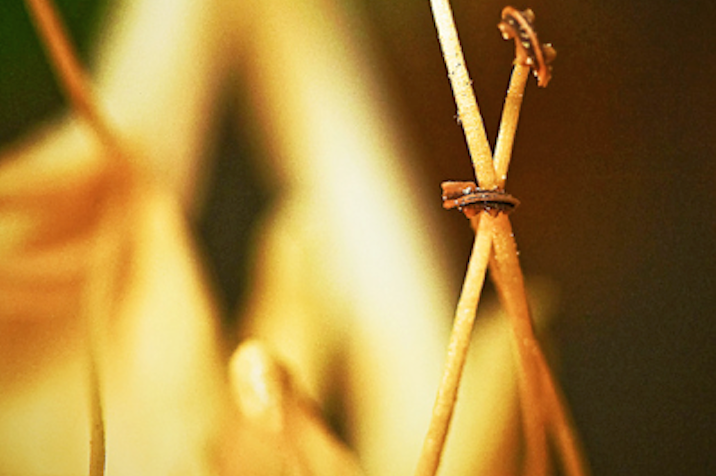
Think back to the last time you placed a honeysuckle blossom between your front teeth. You bit off its end, and the flower's severed tip tickled your tongue. You spit this piece into the grass. Then you put the blossom back into your mouth to draw out the sweet, slow nectar. It tasted a little like honey, a little like corn syrup, but it was just a dribble. The first flower is never enough, so you reached for another, then a third. You stood there delighting in bloom after bloom, not giving a moment's thought to the fact that you were slurping down an alien ooze.
I just learned that the most common honeysuckle vine--the kind with the cheery yellow and white flowers--shouldn't be in the Appalachians at all. In fact, it doesn't even belong in this hemisphere. It's Japanese Honeysuckle, and it was introduced to the Americas as an ornamental plant in the 1860s. Its popularity grew as fast as its tendrils. Soon it covered fences, walls, and embankments all across the country.
I was crushed to learn that this roadside staple, which had delivered taste treats every summer of my life, was actually alien, completely foreign to its environment. I stumbled upon the truth while searching for plants that were native to both the Appalachians and Washington, D.C. I was planning to fill my city yard with bushes and shrubs that remind me of home. Honeysuckle topped the list. Its nearly evergreen leaves and cone-shaped flowers would liven up my dull slated fence. When I saw where it originated, I called my partner Ryan into the room. Incredulous, I asked, "Can you believe this?"
He shrugged. He knew!
I pointed out the damage that this deceiver causes:
"It spreads and out-competes native plant species...Shrubs and young trees can be killed by girdling when vines twist tightly around stems and trunks, cutting off the flow of water through the plant. Dense growths of honeysuckle covering vegetation can gradually kill plants by blocking sunlight from reaching their leaves. Vigorous root competition helps it spread and displace neighboring native vegetation."-USDA Forest Service
He raised an eyebrow and turned back to his laptop. I fumed. Didn't he care? Why aren't we out there tearing this stuff from the dirt?
My rage turned into research, and I discovered that honeysuckle has dozens of menacing cousins--other invaders that choke out the region's native species. Here are some of the biggest culprits:
 - English Ivy is "toxic and can cause intestinal problems. This helps guarantee spread of the seeds by many native songbirds that are attracted to the black berries in spring when other food sources are limited. English ivy is an aggressive invader that threatens all vegetation. The leaves form a thick canopy just above the ground, preventing sunlight from reaching other plants."-U.S. Fish and Wildlife Service
- English Ivy is "toxic and can cause intestinal problems. This helps guarantee spread of the seeds by many native songbirds that are attracted to the black berries in spring when other food sources are limited. English ivy is an aggressive invader that threatens all vegetation. The leaves form a thick canopy just above the ground, preventing sunlight from reaching other plants."-U.S. Fish and Wildlife Service - The Tree of Heaven is "native to China and a prolific seed producer (possibly 325,000 seeds per year). It grows thickly, preventing native species from growing. Roots give off chemicals that push out native plants, and are destructive enough to cause damage to sewers and foundations." It is growing so aggressively in our mountains it now blocks views along the Appalachian Trail and the Blue Ridge Parkway.-U.S. Fish and Wildlife Service and The Roanoke Times
- The Tree of Heaven is "native to China and a prolific seed producer (possibly 325,000 seeds per year). It grows thickly, preventing native species from growing. Roots give off chemicals that push out native plants, and are destructive enough to cause damage to sewers and foundations." It is growing so aggressively in our mountains it now blocks views along the Appalachian Trail and the Blue Ridge Parkway.-U.S. Fish and Wildlife Service and The Roanoke Times - Garlic Mustard came from Europe and Asia. "Prolific seed production and lack of natural predators which might feed on garlic mustard allow it to quickly dominate the ground cover. Native herbs in competition with garlic mustard may suffer population declines." In Virginia's Cascades Recreation Area, an invasion of garlic mustard has prompted the U.S. Forest Service to recruit volunteers to help clear the plants. -Virginia Native Plant Society and The Roanoke Times
- Garlic Mustard came from Europe and Asia. "Prolific seed production and lack of natural predators which might feed on garlic mustard allow it to quickly dominate the ground cover. Native herbs in competition with garlic mustard may suffer population declines." In Virginia's Cascades Recreation Area, an invasion of garlic mustard has prompted the U.S. Forest Service to recruit volunteers to help clear the plants. -Virginia Native Plant Society and The Roanoke Times - Kudzuhas become an iconic invasive species within the South. The vine can grow up to one foot per day. "Its extremely rapid growth rate and habit of growing over objects threatens natural areas by killing native vegetation through crowding and shading, and can seriously stifle agricultural and timber production."-Virginia Native Plant Society
- Kudzuhas become an iconic invasive species within the South. The vine can grow up to one foot per day. "Its extremely rapid growth rate and habit of growing over objects threatens natural areas by killing native vegetation through crowding and shading, and can seriously stifle agricultural and timber production."-Virginia Native Plant SocietyEver watch the television series V? These plants are like the extraterrestrial invaders. They seem all friendly at first, but soon as you start to trust them, they reveal their evil lizard heads and a plot to take over our habitat.
It's time to defend our native plants--the dogwood, the mountain laurel. They need your help. Take a hatchet to your honeysuckle. Eradicate some English ivy. Send the Tree of Heaven to the big mulch pile in the sky.
If you need armament in your battle against non-native plants, visit these sites. They'll provide you with all that you need to whoop some alien butt.
- With a huge plants database (more than 7,000 entries), Wildflower.org helps you pick and plant native species with just a few clicks.
- To find out where you can volunteer to pull, cut, and sometimes burn invading plants, visit the state-by-state volunteer map provided by the National Wildlife Refuge Association.
- For teachers, the U.S. Fish and Wildlife Service has an engaging curriculum that educates youngsters on the alien invasion.


